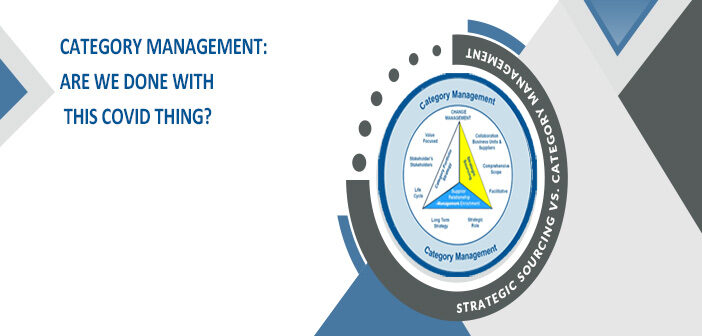Simple one-word answer: Hardly. All you have to do is take a look at China and the impacts of COVID that they are still reeling from and will continue to do so for years to come. That’s no longer conjecture but reality. Therefore, we need to have permanent organizational competency to deal with this COVID and the next “COVID” and the next. Here are some “COVID”s that we need to anticipate:
- What if a major European port is shut down for weeks due to a strike, earthquake, hurricane, or attack?
- What if a major tier two offshore supplier suddenly goes bankrupt or ceases operations altogether?
- What if the lead time – not to mention the costs – to obtain key commodity inputs triples?
- What if energy and oil costs once again soar globally?
- What if instability within the Middle East expands and South America goes “red,” continuing to nationalize private businesses?
- What if a major offshore supplier decides to enter your space and markets with a lower-cost copycat product?
- What if cost arbitrage changes, making prior global sourcing/outsourcing decisions cost-neutral or ineffective?
And if you don’t believe us, perhaps Accenture might add some urgency: “Companies must develop a rapid response to address current disruptions and strengthen operations in preparation for potential future value chain risks and a new normal” (2020). We defined this organizational competency as Response Lead Time – “The Elapsed Time it takes to react to and deal with Supply Chain Disruptions and get your business up and running at full capacity. Those Supply Chains that can react and recover quickest will have a competitive advantage.”
In an effort to formalize this a bit more, we started putting together the elements of the metric that would measure RLT, and here are some we generated:
- Elapsed time to mobilize a response
- Time to resume “production” / value creation
- Time for suppliers to resume business
- Number of backup suppliers for critical materials/services
- Number of sole-source suppliers
- Concentration of suppliers by country/region
We have to recognize that our Stakeholder Value Drivers are changing rapidly and significantly.
- Risk management takes center stage.
- Relationships are more important than ever.
- Redundancy of supply is crucial.
- There’s a drastic move out of China.
- Bringing Supply Chains closer to home.
- There’s a tradeoff between price and other value drivers.
- Strategic competencies are required to drive change.
One major piece of advice we’ve been giving clients is that they have to change their attitudes towards suppliers. That’s why we made the change – Supplier Relationship Management Optimization, and that’s not just a play on words.
- Develop “partnerships” that generate mutual value creation.
- Find ways to be a “Customer of Choice” – satisfy Supplier VDs.
- Improve payment terms.
- Continue buying during tough times.
- Be a “true” partner.
- Seek out transparency to Tier II sources.
- Evaluate ALL relationships for risks & opportunities.
- Redesign metrics that capture the value of the relationship.
- “Relationship” needs to be added as a supplier selection criterion.
- Response during the crisis from both sides will NOT go unnoticed (good or bad).
We can either look at the current situation as a problem or a perfect opportunity for our function to play the Business Partner & Strategic Advisor role and increase our influence and capability. The following are totally Predictable and Inevitable:
- Flexibility and agility will become critical in your strategies and contracting.
- Existing trade agreements may give way to new ones, significantly shifting cost arbitrage.
- New regulations and tariffs will impact lead times.
- On-shoring and near-shoring could become competitive again, and your ability to identify opportunities to create a competitive advantage.
- Strategic Workforce Planning will need to incorporate new immigration and visa requirements – critical resources (Engineering, IT, etc.) will require new fulfillment strategies.
- Help stakeholders deal with uncertainty and freeze-up.
So saddle up and get your Stakeholders ready.

